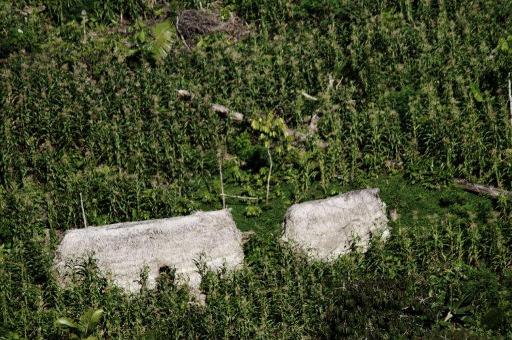From 2000 to 2018, the Amazon rainforest lost 513,016 km2, an area as big as Spain, to deforestation, which devastated 8% of the world’s largest tropical forest, according to a newly released report.
The Amazon is under much greater threat than eight years ago, the Amazon Geo-Referenced Socio-Environmental Information Network, RAISG, said in its report, Amazon Under Pressure 2020.
This is the second such report produced by the network, a collective of researchers and NGOs that published a first study in 2012.
It identifies heightened mining activity, infrastructure projects and an increase in forest fires as the main causes of deforestation.
The Amazon covers nine countries – Bolivia, Brazil, Colombia, Ecuador, French Guiana, Guyana, Peru, Suriname and Venezuela. It is inhabited by about 47 million people, including many indigenous communities.
During the period under review, the year 2003 was the worst in terms of deforestation, with 49, 240 km2 of forest destroyed.
Deforestation slowed after that, going down to its lowest level in 2010, when 17,674 km2 of forest were cleared. However, the rate increased from 2012, then tripled from 2015 to 2018, before shooting up to 31,269 km2 in 2018 alone, the report stressed.
Brazil has 62% of the Amazon rainforest, but over 85% of the deforestation takes place on its territory, where 425,051 km2 were cleared from 2000 to 2018.
The situation has worsened since the election in 2019 of Jair Bolsonaro, Brazil’s extreme-right president, who is an advocate of opening up protected areas and indigenous territory to mining and farming.
Where forest fires are concerned, Bolivia is the country where they have wreaked the worst damage proportionally. During the 2000-2018 period, 27% of the country’s Amazon territory was ravaged by flames.
Since the year 2001, forest fires have affected an average 169,000 km2 of Amazon rainforest territory each year, including 26,000 km2 in protected areas or indigenous lands, the report notes.
The Brussels Times

